A video game history of bullet-time [ClassicRadar]
Let's rake through the past of the most enduring of gimmicks. In slow-motion
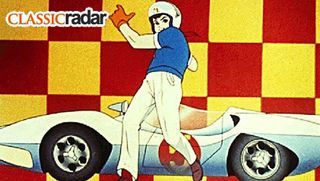
The fastest fun you can have without a meth overdose
Happy holidays reader! To celebrate the season, we're gifting you with 12 straight days of some of our best features from the last six years of GamesRadar excellence. Enjoy!
Variations on bullet-time are legion, yet the essence remains the same. Slow down the action, make enemies say F************k in a deep bass, and allow the player some extra time to lock onto his or her prey. And if you can slot in a stylish visual trick with a spinny camera or a trip on the behind of a bullet, then so be it. Its corny and its become hackneyed, but it sure as hell isnt going anywhere anytime soon.
Youve no doubt come across bullet-time in your gaming career--even the old NES games inadvertently produced unforeseen John Woo-isms when too many sprites got on screen. Since then though, bullet-time has not only garnered a name but also a checkered past. In gaming, the phrase bullet-time has spread to cover everything that involves a spot of slow-motion. When talking about it in films, however, we should first track the phenomenon of bullets seen cutting through the air, which didnt begin with The Matrix.

Cinematic origins
The very first side-on shot of a bullet in flight came in the low-budget action movie Kill and Kill Again, a film that sees its hero, Steve Chase, go up against the evil Marduk and his army of remote controlled karate slaves. Youd be advised to check out the trailer, mainly because its hilarious, but also because it contains part of its climactic 10 second bullet-time-slice that gives Chase enough breathing room to deflect a bullet with an ash tray.
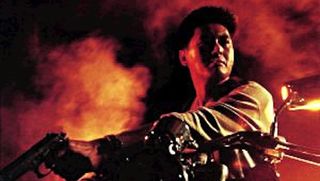
Enter Chow-Yun Fat
The first bullet ride, meanwhile, in which the camera trails the path of a bullet up until the point of impact came in a night club scene in Ringo Lams 1992 Hong Kong actioner Full Contact. The film also starred a young Chow Yun Fat who had made slow-motion gunplay his own through the astonishing films of John Woo, such as A Better Tomorrow (1986) and Hard Boiled (1992). It was these influences that would give rise to the gunplay of Max Payne, a title that was already in development when the movie that went on to secure bullet-times noble place in the next decade of gaming was released, The Matrix.
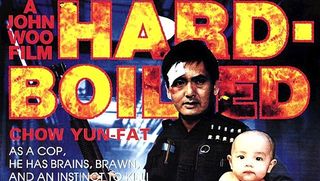
Woo makes his mark
The Matrixs green-screen treatment of bullet-time was nothing short of revolutionary, yet aside from the John Woo-isms of Hong Kong cinema such as Hard Boiled, there was another unlikely inspiration for the Wachowski brothers barnstormer: the opening credits of the 60s Japanese cartoon series Speed Racer. The Wachowskis would go on to release a live-action version of Speed Racer in 2009, but in 1999 they were content take inspiration from the way each episodes opening contained a freeze-framed hero leaping from his car, while the camera circled around him. This bit of anime became the model for some of The Matrixs most iconic moments.
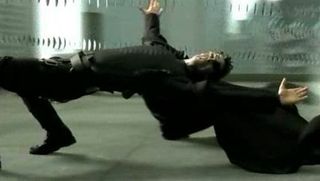
The Wachowski influence
Other early cinematic uses of bullet-time could be found in movies like the original Blade (1998) and music videos such as Korns Freak on a Leash (1998). But it was after The Matrix that slow-motions use became truly ubiquitous in rip-offs, pastiches and gaming. All these influences fed into one of the most ubiquitous of shooter mechanics of times to come. What will be known in common parlance as bullet-time until the end of civilization now goes by multiple silly names in whatever shooter it remedies, or sometimes pollutes. The term bullet time is trademarked by Warner Bros. (prior to which it was owned by former Max Payne pushers 3D Realms) so to avoid treading on toes, many games have plowed their own slow-motion furrow in terms of naming their wares.
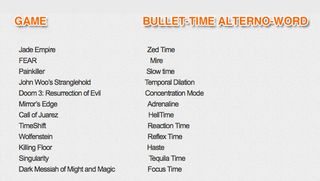
Intermission: Bullet-time quiz bonanza
Want to play? Simply link the correct game to the stupid synonym for slow motion gameplay. (Answers at the end of the article).
With us so far? Click through to start reading about bullet time in video games...
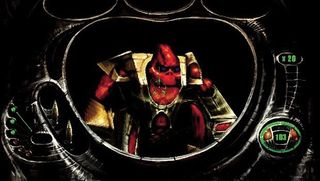
1997 - MDK
A forgotten feature of this masterpiece, the sequel of which is reportedly having a revamp in coming months, was that as you fired off sniper shots, three windows above your scope would bullet ride the path your former shots were already taking. MDK was ahead of its time in more ways than could be counted, and its cheeky backpack-chute hasnt even been topped by Just Cause 2, so chalk up its window-in-window projectile-chasing as another sign of its unrepeated genius.
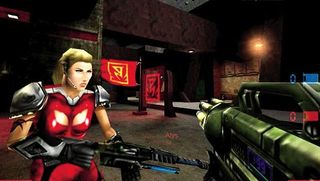
1999 - Unreal Tournament
Years later Unreal Tournament III would introduce its brilliant (if never used by anyone) bubbles of slow-time. However, the original UT had a slo-mo feature hidden in its console when you played bots in its practice modes. Tapping in Slomo 0,1 had you moving through molasses, Slomo 0,8 placed you in a light syrup, Slomo 10 ramped the game up to the speed of light. Lets not forget the flyable Redeemer rounds, the bullet-ride to end them all.
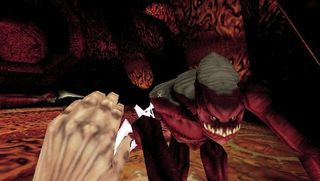
1999 - Requiem: Avenging Angel
As an angel on a mission from God, one of your powers was to warp time or, in more common parlance, to slow it the hell down while you knocked seven bells out of the Fallen and broke up their wicked plan to launch a space craft that would in turn collide with heaven. Released in the shade of Half-Life, Requiem didnt set the tills on fire but it at least brought temporal trickery to the masses. Well, some of the masses.
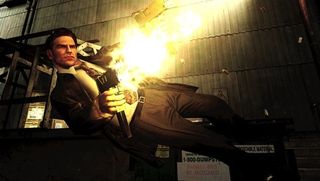
2001 - Max Payne
This is where all the tricks of the trade coagulated into one big, beautiful, tortured slow-motion glory shot. Few can forget the first moment they tapped the relevant key in the training level, the whooshing noise that heralded bullet-time, the half-spoken cry of, Its Payne! from the gangsters turning the street corner, and the glorious tracking of the bullets that would finish them off. In time, mods would not only implant Matrix-style kung-fu moves but also the fateful Lobby scene that Max had been born to ape. A landmark in extreme gaming violence. Hurrah.

2002 - Jedi Outcast
Sure Obi-Wan never danced around Vader in giddy circles, but that didnt stop Kyle Katarn from presenting himself with a dose of Force Speed whenever he wasnt using his powers to knock stormtroopers off high ledges. At the time of Jedi Outcast the bullet-time train was really rolling, so full-on spinny slo-mo cameras were used when you offed lightsaber-wielding enemies, while more traditional world-slowing techniques could be enforced on your surroundings during more general combat.
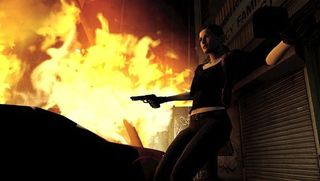
2003 - Max Payne 2: The Fall of Max Payne
What better way to improve the unsubtle art of slow-motion than have all manner of on-screen paraphernalia and physics imbued bodies flying all over the shop? Max Payne 2 was keen to impress, and so was heavy on situations in which, for example, someone left thirty plastic chairs sitting on an explosive crate. It turned out that flaming barrels and enemies precariously balancing on scaffolding made for even better bullet-time. Who knew?
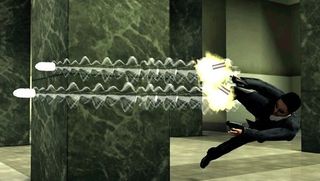
2003 - Enter the Matrix
Unfortunately, the official Matrix game had the very worst implementation of bullet-time around. As you played through the game you could easily forget you had slow-motion chopsocky or bullet-dodges, as the bad enemy AI and your overpowered character rarely made it necessary to perform in the usual digital goop. Compared to Max Paynes Kung Fu and an unofficial mod that recreated the simple joy of The Matrixs lobby sequence, the official game felt little more than lightweight fluff. The fact that Enter the Matrix was so up itself and devoid of fun would prove to be an indication of the way the whole franchise was going. Sometimes guns - lots of guns - are not enough.
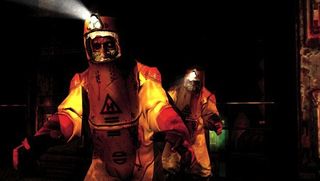
2005 - Doom 3: Resurrection of Evil
By the time the Doom 3 expansion pack rolled around, the bullet-time production line had become an efficient and ubiquitous industry. True to form, Resurrection appeared late to the party with both and performed with neither. Repackaged as Helltime (patent pending) it looked pretty, but added little to the game. A pattern that would be repeated in games for several years.
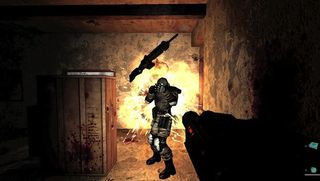
2005 - FEAR
FEAR was the game where bullet-time tweaked the details to a new level. Here Reflex time made a game a show-stopping must have. FEARs particle effects, flying sparks and the beautiful animation of your enemies leaps and vaults were visceral in the extreme in slow-motion, while the ability to toss a grenade and then shoot it into combustion in mid-air was an unparalleled by-line in shooter history. Whenever you hear an enemy goon say, s********t, in a desperate low bass and try to run away, remember that FEAR did it first, and better.
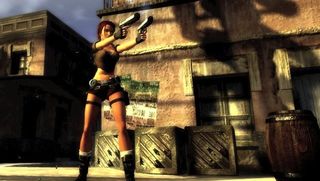
2006 - Tomb Raider: Legend
The quest for decent Lara-on-human combat remained unfulfilled with Legends odd mechanic of having Lara undertake graceful slow-motion leaps hither, thither and off the barrel-chests of her gun-toting foes. Things were only marginally better when the remake of the original Tomb Raider, Anniversary, appeared one year later, and that was only because you were leaping out of the way of a dinosaur. And dinosaurs are always cool. Still though, if theres one thing thats not needed in a Tomb Raider game its slo-mo.
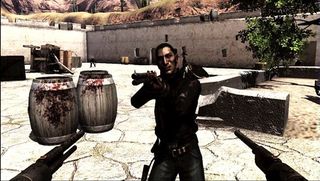
2007 - Call of Juarez
That cowboys have rough edges is easy to believe, but that they had the ability to slow down time as in Call of Juarez--just didnt meld with the Wild West action or setting. Developers Techland repeated this mistake by letting Brother Ray keep this ability in the games prequel, Bound in Blood. In recent times, Rockstar has nailed Wild West slow-motion shootery with the DeadEye system in Red Dead Redemption - here Techland didnt come close.
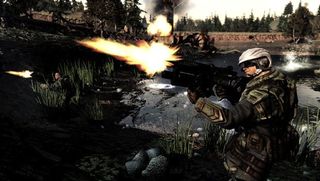
2007 - TimeShift
Proof that the attractive sheen of bullet-time had worn off in gaming circles, TimeShift was cruelly ignored. A tight, ferocious shooter that genuinely added new and interesting gameplay to an increasingly elderly concept. Freeze enemies and steal their guns, reverse time and watch the world unwrap around you... if it had been released a few years earlier it would have been dynamite. Please, please, please check the game out on Steam, it remains a hugely satisfying game to play.
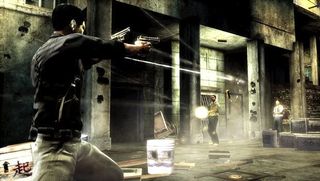
2007 - John Woos Stranglehold
Better on paper, and on console than on PCs, Stranglehold was nevertheless the bullet-time phenomenon coming full circle. The director who mastered the art of slo-mo combat and his iconic star, Chow Yun Fat, entered the realm of gaming with a game-only sequel to the masterpiece Hard Boiled. The physics and the sheer cinematic pizzazz of its bullets caught in motion were a joy, yet the rest of the game didnt do its cinematic predecessor justice.
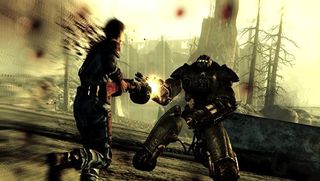
2008 - Fallout 3
Bullet-time had lost its halo by 2008, but its use in Fallout 3 showed that in the right hands (and with a new implementation) it could be dynamite. You cant beat a little bit of the old ultra-violence, and the way VATS expressed itself was the slow-motion cherry on Fallout 3s irradiated cake. From the muffled sounds bullets, missiles and lobbed tin cans made as they flew through the air, all the way to the incredibly over-the-top decapitations and flying eyeballs, it was a satisfying spectacle. We expected it to unnecessarily slow the game down, but several thousand flying limbs later were still entertained.
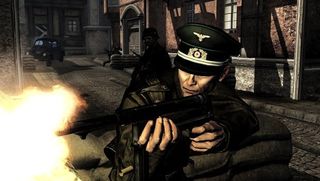
2009 - Wolfenstein, WET, Wanted, FEAR 2: Project Origin
In recent years bullet-time has become less and less of a main feature in gaming and become more of a side-salad. 2009 was the year that proved the sensation you only get in real life when youre about to be hit by a bus a) isnt leaving gaming and b) is now largely attached to games that feel a bit old.
Wolfensteins use of slo-mo was ho-hum and dated, WET was hung by its own repetitive slow-motion petard, and Wanted had bullet-spiraling moments of semi-joy but no one played it. As for FEAR 2, even we couldnt help but admit that the game was good but the series needed new ideas, and quick. The lack of love for bullet-time in FEAR 3 marketing shows that Warner Bros. feels the same.
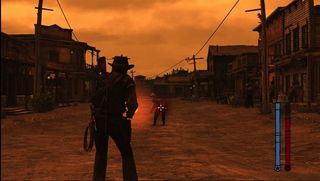
2010 Red Dead Redemption
Red Dead Redemption is smart in that it doesnt use slo-mo as a central gimmick. Its just one more feature in an endless list of features. A couple of notable details about Red Deads idea of bullet-time: it gets upgraded as the game progresses, providing you with more and more precision of your shots, allowing you to pick out specific body parts and targets in what order you want before firing a shot. It also has its own meter, which isnt particularly noteworthy, except that you can refill the meter in the middle of combat by scarfing some chewing tobacco. Way to promote mouth cancer, Red Dead!
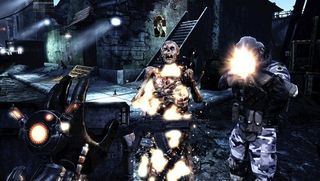
2010 - Singularity
Singularity lets you snipe heads in slow-motion, and also has exploding barrels and a gravity gun. Its a great shooter, but also a collation of every over-used FPS mechanic in the genres history. FPS developers: new balls please.
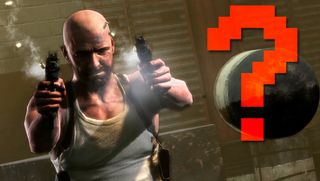
The future
When you look at recent and forthcoming shooters you realize that bullet-time is getting sequestered into different weapons and set-pieces rather than as a hook to hang a game upon. The allure of slow-motion gunplay is far less of a sales prompt in this day and age, and its no mistake that the games being released with it loud, proud and up-front are those that have been in development for an eon. Hollywood has moved away slightly from slow-motion action too, concentrating more on precision gunplay and the high adrenaline close-up body slams used by Bourne and neo-Bond.
As ever, perhaps not sadly in this case, games will follow Hollywoods suit. We are at the point at which slow-motion bullet-play is uncool. Then again, no one is going to stop it from actually being slightly fun anytime soon. Itll never truly go away, and well never stop feeling a secret degree of satisfaction when we pop a few heads under its influence. There are only three constants in our lives: death, taxes and bullet-time.
Bullet-time quiz bonanza answers
Jade Empire: Focus Time
FEAR: Reflex Time
Painkiller: Haste
John Woos Stranglehold: Tequila Time
Doom 3: Resurrection of Evil: HellTime
Mirrors Edge: Reaction Time
Call of Juarez: Concentration Mode
TimeShift: Slow Time
Wolfenstein: Mire
Killing Floor: Zed Time
Singularity: Temporal Dilation
Dark Messiah of Might and Magic: Adrenalin
Want more? Check out The most annoying sound effects in gaming history or A brief history of cloth physics.
12DOVE was first founded in 1999, and since then has been dedicated to delivering video game-related news, reviews, previews, features, and more. Since late 2014, the website has been the online home of Total Film, SFX, Edge, and PLAY magazines, with comics site Newsarama joining the fold in 2020. Our aim as the global GamesRadar Staff team is to take you closer to the games, movies, TV shows, and comics that you love. We want to upgrade your downtime, and help you make the most of your time, money, and skills. We always aim to entertain, inform, and inspire through our mix of content - which includes news, reviews, features, tips, buying guides, and videos.

The Switch 2 Direct broke just in time for me to nearly miss a revival of a 26-year-old Konami cult classic I obsessed over in Nintendo Power
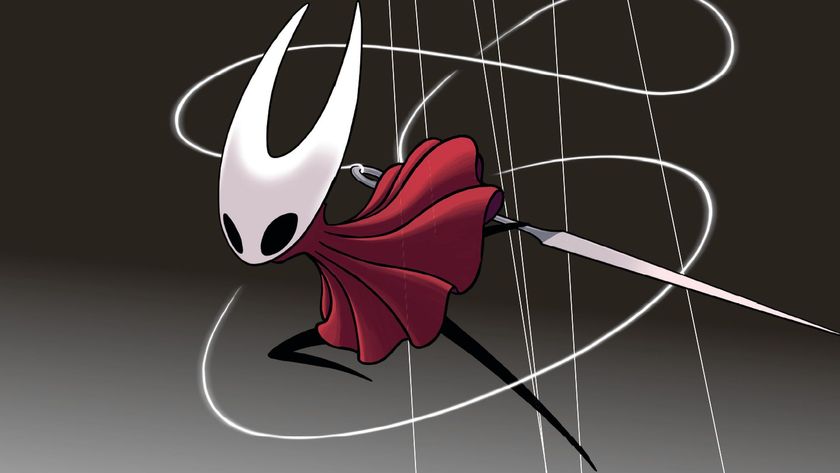
As Hollow Knight Silksong makes a blink-and-you'll-miss-it reemergence for Nintendo Switch 2, Xbox reminds everyone the Metroidvania is still day one on Game Pass

The Switch 2 Direct broke just in time for me to nearly miss a revival of a 26-year-old Konami cult classic I obsessed over in Nintendo Power

As Hollow Knight Silksong makes a blink-and-you'll-miss-it reemergence for Nintendo Switch 2, Xbox reminds everyone the Metroidvania is still day one on Game Pass











